
Comstock Images/Comstock/Getty Images
Cotton fabric is one of the world's oldest known fabrics, dating back to ancient Egypt and prehistoric Mexico. Its mass-production began in the 1700s with the invention of the cotton gin. Cotton continues to be the most used fiber in the world and the most popular fabric for clothing in the United States. It is known for its softness, shrinkage, versatility and lightness.
Versatility
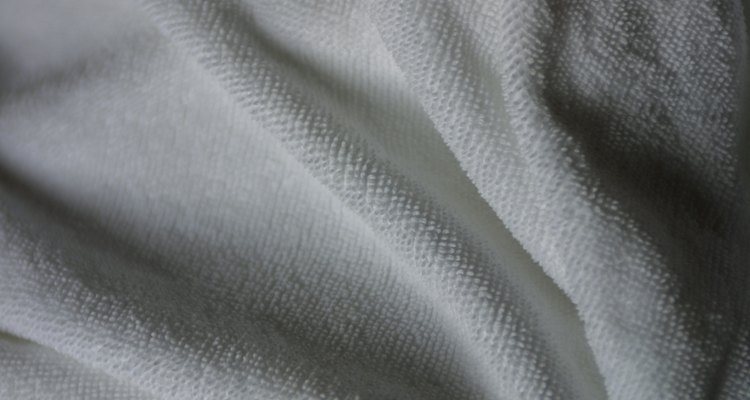
Photos.com/Photos.com/Getty Images
Cotton fibers can be dyed any color, and are known for retaining color well. Cotton is also versatile and can be woven into cloth for several purposes. The fibers are made into fabric three different ways. A plain weave will produce simple, everyday fabrics. such as broadcloth. and mid-weight fabrics. such as chambray and gingham. Twill weaves make thick cloths like denim and khaki. A satin weave, which is not as popular, is used for other fabrics, such as sateen, which is considered more dressy.
Wrinkling
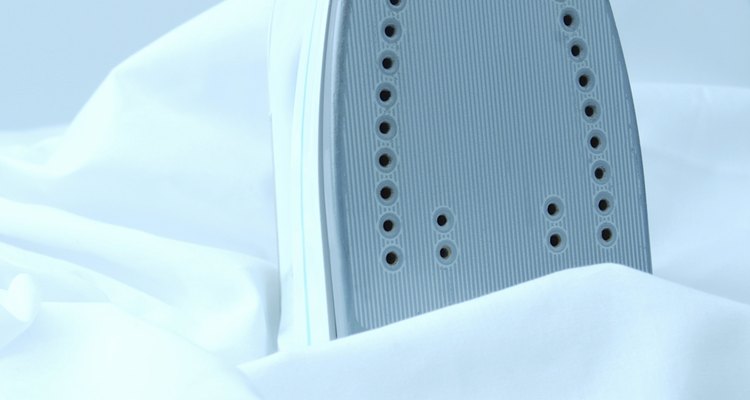
Hemera Technologies/AbleStock.com/Getty Images
Most cotton fabrics wrinkle very easily. Cotton clothing must be ironed regularly to keep up its appearance. Many cotton clothing items are treated with a finish that helps the fabric resist wrinkling. If cotton is exposed to sunlight for extended periods of time, it can weaken, according to the Sewing and Craft Alliance sewing guide. .
Absorbency

Hemera Technologies/AbleStock.com/Getty Images
Cotton absorbs liquid well, in a large capacity. Cotton fabric can absorb up to 27 times its weight in water, according to the Sewing and Craft Alliance sewing guide. This makes cotton clothing comfortable, because it absorbs sweat. It also explains why cotton is used for towels and washcloths.
Shrinkage

Jupiterimages/Comstock/Getty Images
Cotton fabrics will shrink the first time they are washed. Some cotton clothes come pre-shrunk so shoppers will not have to worry about them getting smaller after the first wash. When sewing with cotton, the Sewing and Craft alliance recommends washing the fabric first, so that the finished product isn't damaged after washing.
Breathability

BananaStock/BananaStock/Getty Images
Cotton fabric allows air to flow through freely. The fabric absorbs sweat and releases it on its surface. This is often described as the fabric "breathing," and is considered an asset in clothing, particularly in warm climates.
Related Articles

Microfiber vs. Cotton Clothes

Characteristics of Polyester & Cotton
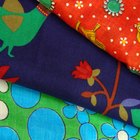
What Is Arnel Vintage Material Fabric?

What Are Clothing Textures?
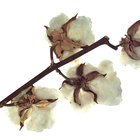
Uses of Cotton Fabric

How to Iron Cotton Clothing

Types of Polyester Fabric
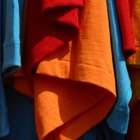
The Difference in Lycra & Cotton

How to Care for Rayon and Spandex ...
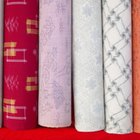
The Advantages & Disadvantages of Woven ...

The Disadvantages of Cotton Fabric
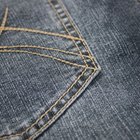
How to Shrink Cotton

How to Get Fuzz Out of Polyester

How to Keep Cotton Pants From Shrinking

Microfiber vs. Cotton Clothes

Types of Indian Fabric

Twill vs a Cotton-Polyester Blend

How to Wash Dupioni Silk

How to Preserve Moleskin

What Are Twill Pants?
References
Writer Bio
Lottie Goff became a fulltime professional journalist in 2005. She has written freelance content for "Space City Spors" in Houston, Texas and "Coast Magazine" in Galveston, Texas. She earned a journalism degree from Texas A&M University in College Station, Texas in 2005. She also worked for the student newspaper, "The Battalion," from 2003 to 2005.
Photo Credits
Comstock Images/Comstock/Getty Images